Bovie Specialist ESU Electrosurgical Unit
Introducing the Bovie Specialist ESU.
The safety and versatility of the Bovie Specialist ESU include the following
• Circuit Sentry Monitoring (Dispersive Electrode)
• Coagulation overrise when inadvertent actuation of cut and coagulate is simultaneous
• Coagulation electrode symbols
• Output only to the selected active electrode
• Distinctive separate audio tones
• Bipolar outlet
PURE CUT – The waveform of the Pure Cut current is essentially sinusoidal. Its effect is to heat tissue cells so quickly that they volatilize or explode in the path of the electrode. Tissue parting is similar to a sharp cutting lade. The heat generated by the electrode arcing also causes a slight zone of dehydration at the severed edges. This will seal off minute vessels. The Pure Cut current is almost devoid of any dehydrating effect. Its usefulness therefore, is predominantly in nonvascular areas or where fast cutting is the only requirement. It has advantages in confined areas where the utilization of the cold scalpel becomes impractical.
Application of the cutting current of the BOVlE Specialist ESU is always bi-terminal (dispersive electrode) and requires more understanding and skill than the dehydrating currents.
CUT with HEMOSTASIS – Clinical requirements for cutting with a dehydrating effect requires a blend of cutting and coagulating currents with the result being a cutting capable of sealing small vessels during electrosection. The BOVlE Specialist ESU provides this hemostasis by the surgeon’s selection of cutting type. This hemostasis cutting current could be a more desirable method on some electrosection since a moderate amount of dehydration will occur. This mode can also be used very effectively in desiccation coagulation where a precise fine spark is desired.
ELECTRO-COAGULATION – Coagulation is always bi-terminal (dispersive or indifferent electrode is used) and tends to produce more necrosis of tissue than desiccation. The destruction effects are not as quickly limited by a zone of dehydration. Therefore, this current is more effective on large or deep growths. Active electrodes such as needles, pointed rods, or small balls are always used in contact with the tissue; either firmly pressed against the tissue to be coagulated, or inserted into it. The tissue area of contact being constant, the amount of coagulation around the electrode is dependent on the amount of current and length of time it is applied.
DESICCATION and FULGURATION – Desiccation is usually a bi-terminal technique with dispersive electrode. Many surgeons find the amplitude controlled cut with hemostasis waveform ideal for this precise form-of coagulation. You will find that spark intensity diminishes as the cut power control is turned to lower settings. Phis produces the short fine spark appropriate for dermatology and facial surgery.
In the process of fulguration, the coagulation current jumps from a pointed active electrode to the large mass of the patient. Fulguration being a surface dehydrator, becomes self-limiting, since dehydrated areas are non-conductive to currents. The same effect happens if the active electrode becomes coated with coagulum.
Bovie Specialist Generator Specifications
- Dimensions: 10″ W x 14 1/4″ D x 4 3/4″ H
- Weight: 20 lbs
- Monopolar Power Consumption
- Cut: 75 W
- Blend: 50 W
- Coagulation: 36 W
- Bipolar Power Consumption
- Cut: 32 W
- Coagulation: 22 W
- Operating Frequency: 1.75 MHz
- Line Voltage: 90 – 130 V
- Line Frequency: 50 – 60 Hz
- Current: 3.2 A
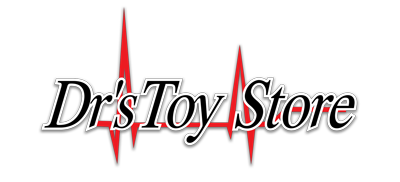
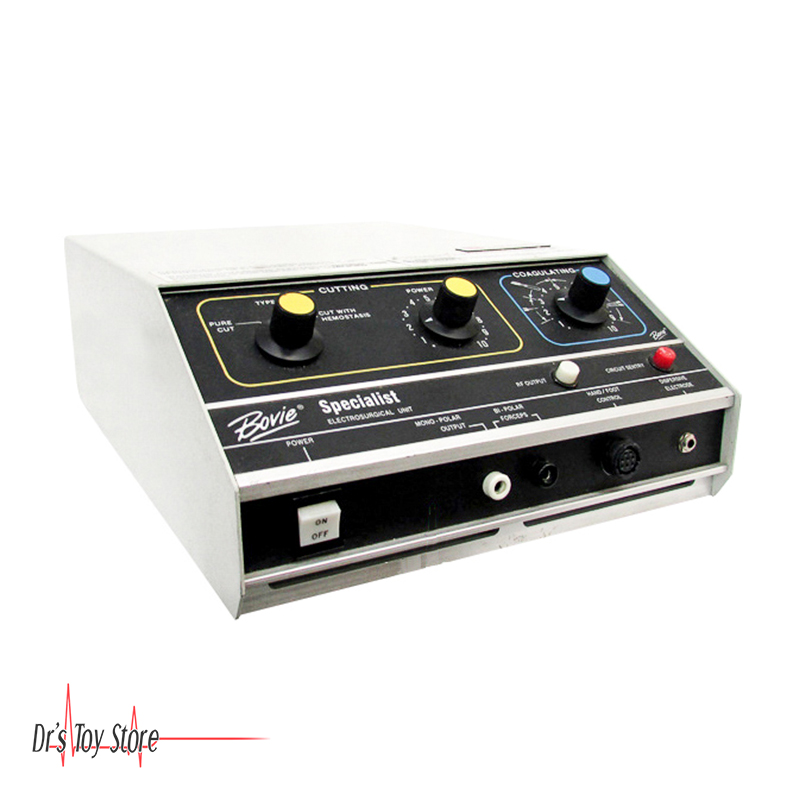
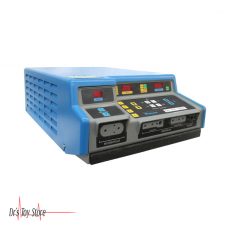
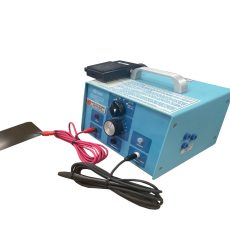
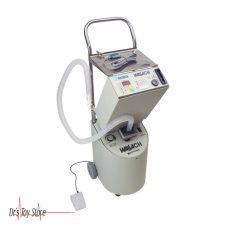
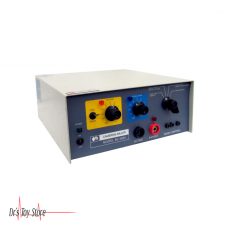
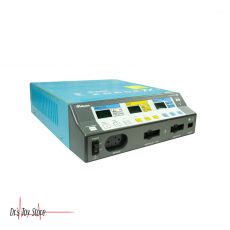
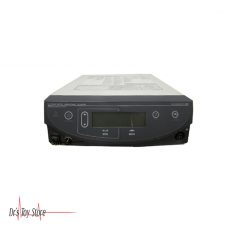
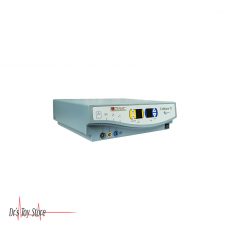
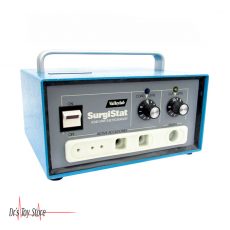
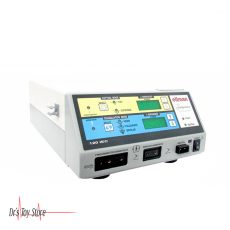

Reviews
There are no reviews yet.